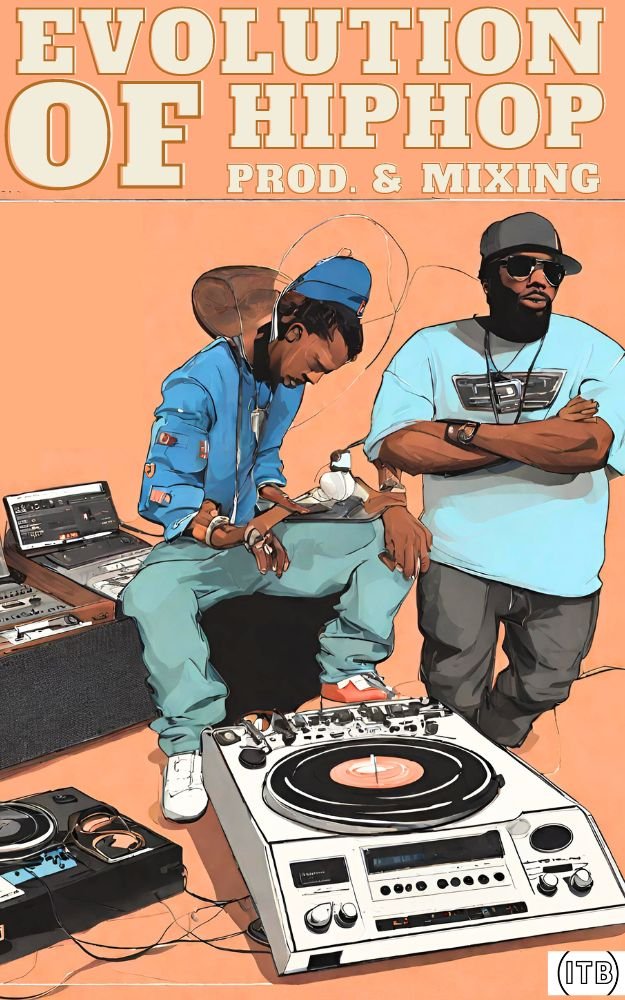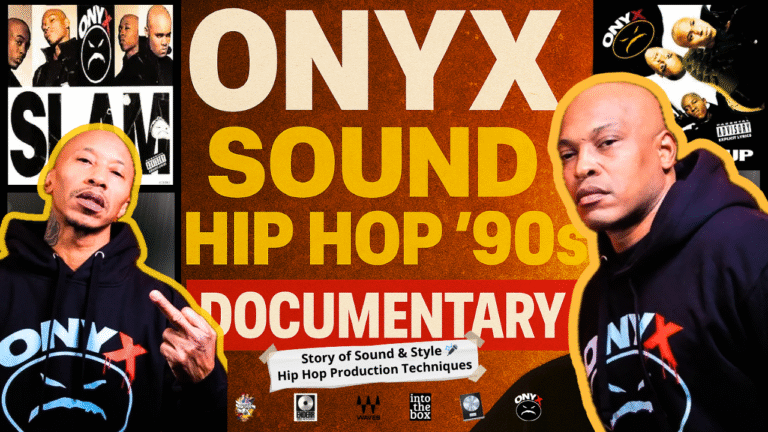During my time as a student studying to become a sound engineer, I embarked on a project that combined my academic pursuits with my lifelong passion for hiphop. Having come from the world of hiphop dance as a b-boy, I was deeply immersed in the culture, and my fascination with its music naturally followed. This passion led me to write a book that chronicles the evolution of hiphop mixing, tracing its journey from the genre’s inception to its transformation within an ever-changing technological landscape.
The Roots of HipHop
Hip-hop, born in the streets of New York City during the 1970s, is a cultural movement that encompasses music, dance, art, and fashion. Its musical foundation is built on four key elements: rapping (MCing), DJing, graffiti, and breakdancing. As a b-boy, my connection to hiphop started with dance, but my curiosity soon extended to the beats and the art of mixing that gave the genre its distinctive sound.
The Early Days of Mixing
In the early days, hiphop DJs like Kool Herc, Grandmaster Flash, and Afrika Bambaataa were the pioneers of mixing. They used turntables, mixers, and vinyl records to create extended breakbeats, allowing b-boys and b-girls to showcase their dance moves. This period saw the birth of scratching and beat juggling, techniques that revolutionized the role of the DJ and laid the groundwork for hiphop music production.
The Golden Era and Analog Techniques
The 1980s and 1990s are often referred to as the golden era of hiphop. During this time, mixing techniques evolved significantly, driven by advancements in analog technology. Studio equipment such as the Akai MPC, Roland TR-808, and various analog mixers became essential tools for producers. The warmth and character of analog gear defined the sound of classic hiphop albums, creating a legacy that is still revered today.
The Digital Revolution
The turn of the millennium marked the beginning of the digital revolution in music production. Digital Audio Workstations (DAWs) like Pro Tools, Logic, and FL Studio replaced traditional analog setups, offering greater flexibility and precision. This era saw the rise of software plugins, virtual instruments, and advanced sampling techniques, allowing producers to experiment with new sounds and push the boundaries of hiphop mixing.
The Modern Era and Beyond
Today, hip-hop mixing continues to evolve with the rapid advancement of technology. Modern producers have access to an array of digital tools and platforms that facilitate innovative sound design and production techniques. Cloud-based collaboration, AI-assisted mixing, and immersive audio formats like Dolby Atmos are just a few examples of how technology is shaping the future of hiphop.
Writing the Book
Writing this book was a labor of love that allowed me to delve deep into the history and evolution of hiphop mixing. From its humble beginnings in the Bronx to its current status as a global phenomenon, hiphop has continuously adapted to technological changes while staying true to its roots. My goal was to document this journey, highlighting the key milestones and influential figures that have shaped the sound of hiphop over the decades.
Conclusion
Hiphop is more than just a genre of music; it is a cultural movement that has left an indelible mark on the world. As a sound engineer and a b-boy, I feel privileged to have explored its rich history and technological evolution. Through my book, I hope to share this knowledge and passion with others, offering insights into the art of mixing that are both informative and inspiring.
The evolution of hiphop mixing is a testament to the genre’s resilience and adaptability. As technology continues to advance, the possibilities for innovation in hiphop are endless, promising an exciting future for both the music and the culture that surrounds it.






